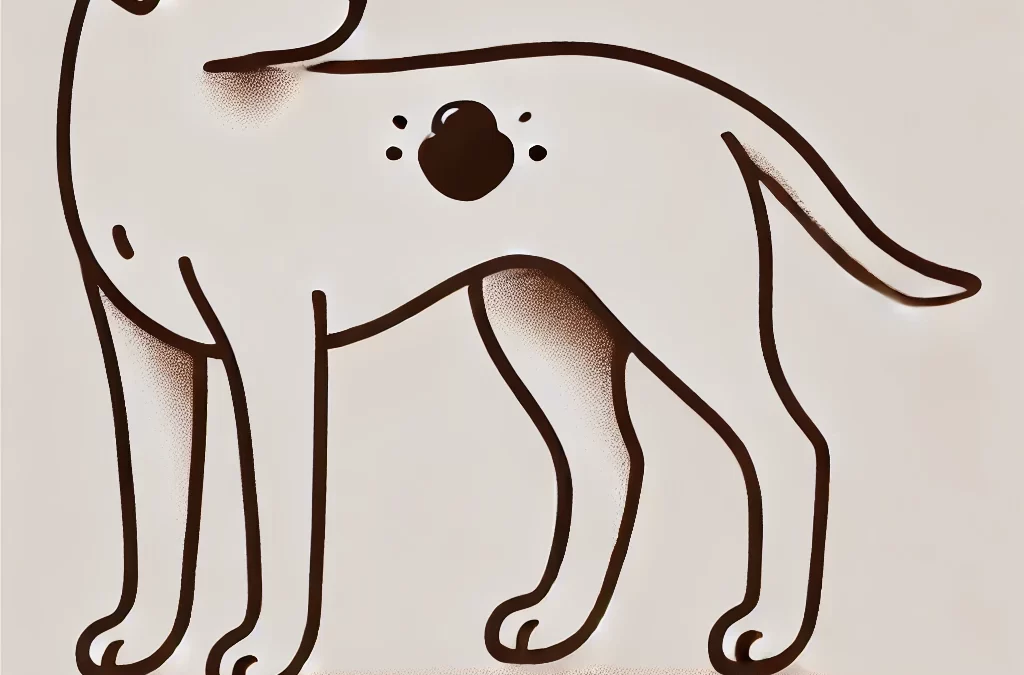La salute della pelle dei cani è spesso uno specchio del loro benessere generale, ma alcune condizioni possono essere sconcertanti anche per i proprietari di animali domestici più attenti. Una di queste condizioni rare è epiteliomi cornificanti, un tipo di tumore cutaneo benigno che può destare preoccupazione per il suo aspetto e i suoi effetti. Approfondiamo questa insolita condizione dermatologica, le sue cause, i trattamenti e ciò che la rende una sfida unica nell'assistenza sanitaria canina.
Cosa sono gli epiteliomi cornificanti?
Gli epiteliomi cornificanti sono tumori benigni che hanno origine dalle ghiandole sebacee, in particolare dall'epitelio (cellule della pelle) responsabile della produzione di cheratina. Questi tumori si presentano spesso come escrescenze nodulari simili a verruche sulla pelle di un cane. Sebbene non siano pericolosi per la vita, il loro potenziale di causare disagio o infezione significa che non dovrebbero essere ignorati.
Quali sono le cause degli epiteliomi cornificanti?
La causa esatta degli epiteliomi corneificanti non è del tutto chiara, ma tra i fattori che possono contribuire ci sono:
- Predisposizione genetica: Razze come Cocker Spaniel, Beagle e Siberian Husky sono più inclini a sviluppare queste escrescenze.
- Squilibri ormonali: L'attività delle ghiandole sebacee può essere influenzata dai cambiamenti ormonali, soprattutto nei cani anziani.
- Carenze alimentari: Una cattiva alimentazione può portare a squilibri nella salute della pelle, aggravando potenzialmente patologie come gli epiteliomi.
Riconoscere i Sintomi
Gli epiteliomi cornificanti si presentano tipicamente come:
- Noduli piccoli e sodi con una consistenza simile a una verruca
- Di colore giallastro o ceroso a causa dell'accumulo di cheratina
- Localizzato intorno alla testa, al collo o alla schiena, ma può verificarsi ovunque
- Occasionalmente accompagnato da rossore o infiammazione se si verifica un'infezione secondaria
Sebbene queste escrescenze siano benigne, i rapidi cambiamenti di dimensioni, colore o consistenza devono essere valutati da un veterinario per escludere forme maligne.
Diagnosi degli epiteliomi cornificanti
La diagnosi di solito comporta:
- Esame fisico: Un veterinario valuterà le dimensioni, la posizione e l'aspetto delle escrescenze.
- Aspirazione con ago sottile (FNA): Un campione di cellule viene estratto e analizzato per confermare la natura del tumore.
- Biopsia: In alcuni casi, potrebbe essere necessaria una biopsia per distinguere gli epiteliomi benigni da altre patologie della pelle o tumori.
Opzioni di trattamento
Il trattamento dipende dalla gravità e dall'impatto degli epiteliomi sulla qualità della vita del cane.
- Monitoraggio
Per le escrescenze piccole e non problematiche, spesso è sufficiente un monitoraggio regolare.
- Assicurarsi che la zona rimanga pulita e priva di infezioni.
- Se consigliato dal veterinario, utilizzare trattamenti topici lenitivi.
- Rimozione chirurgica
Se le escrescenze causano disagio, infezioni ricorrenti o problemi estetici, la rimozione chirurgica è una soluzione comune.
- Tecniche mini-invasive come la chirurgia laser possono ridurre i tempi di recupero.
- Terapie Topiche o Sistemiche
- I retinoidi o gli integratori di vitamina A possono regolare la produzione di cheratina.
- In caso di infezioni batteriche secondarie potrebbero essere prescritti antibiotici.
Approcci innovativi e naturali
Per i proprietari che desiderano integrare i trattamenti convenzionali con cure olistiche:
- Acidi grassi omega-3: Possono ridurre l'infiammazione e favorire la salute generale della pelle.
- Rimedii alle erbe: La calendula e l'aloe vera possono lenire le zone irritate.
- Aggiustamenti dietetici: Una dieta ricca di antiossidanti e proteine di alta qualità favorisce la rigenerazione della pelle.
Misure preventive
Sebbene non tutti i casi di epiteliomi corneificanti possano essere prevenuti, questi passaggi possono aiutare a mantenere una salute ottimale della pelle:
- Toelettatura regolare: Mantiene la pelle pulita e favorisce la rilevazione precoce di anomalie.
- Dieta bilanciata: Rafforza il sistema immunitario e riduce la probabilità di problemi alla pelle.
- Visite veterinarie di routine: Un intervento tempestivo è fondamentale per gestire qualsiasi patologia cutanea.
Una sfida unica nella dermatologia canina
Gli epiteliomi cornificanti sottolineano l'importanza di comprendere e affrontare anche condizioni rare nei cani. Sebbene benigne, queste escrescenze possono avere un impatto sul comfort e l'aspetto del tuo animale domestico, rendendo essenziale una gestione rapida ed efficace. Restando informato e lavorando a stretto contatto con il tuo veterinario, puoi assicurarti che il tuo cane rimanga sano, felice e prospero.















